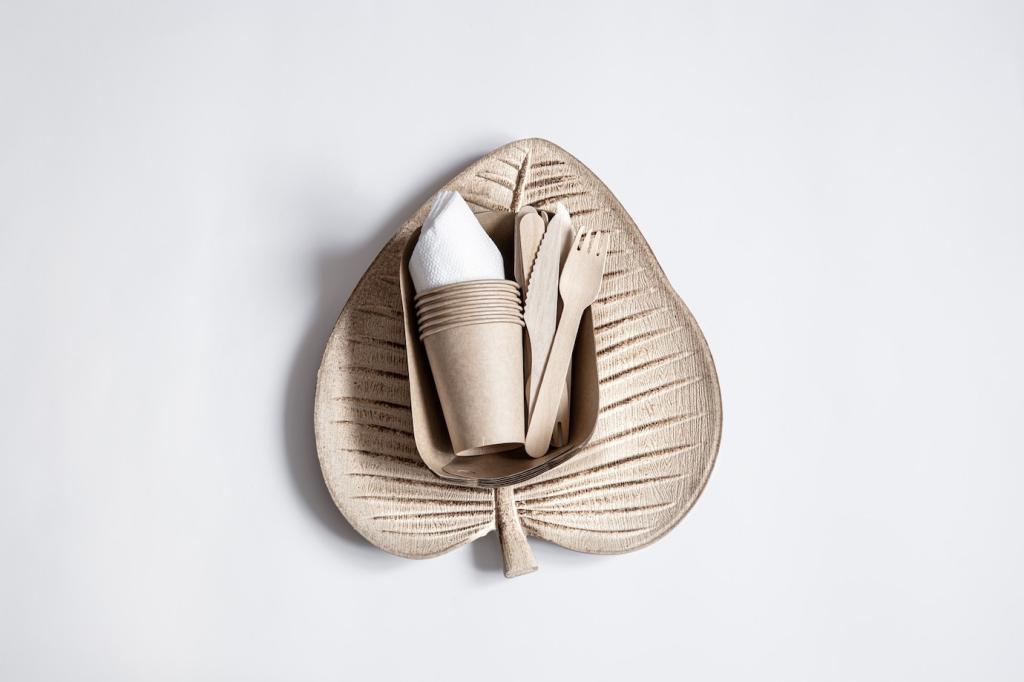Why Eco-Friendly Finishes Matter
Traditional solvent-based finishes release volatile organic compounds that linger long after the brush is washed. Eco-friendly alternatives minimize off-gassing, reduce odor, and make shared spaces kinder to kids, pets, and plants. Tell us your ventilation tricks and subscribe for more breathable finishing tips.
Why Eco-Friendly Finishes Matter
Plant-derived oils, waxes, and waterborne coatings prioritize renewable inputs and efficient manufacturing. The result is a more responsible supply chain and a finish that communicates care. If you value materials with a story, tap follow and join our readers comparing their favorite greener brands.


